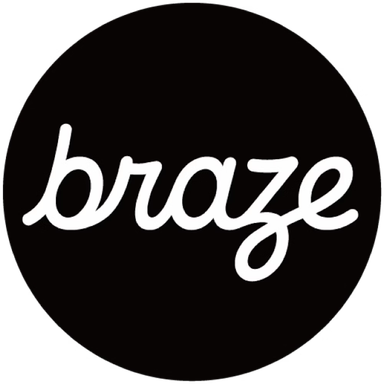Marketing Automation: 3 Ways It Can Boost Customer Engagement
Published on June 03, 2020/Last edited on June 03, 2020/3 min read


Mary Kearl
WriterWhat do today's leading brands with the highest level of consumer approval have in common? First, they're committed to developing customer relationships from a point of empathy. Second, they've invested in the tools, namely marketing automation technology, they need to do just that.
Marketing automation tools serve two purposes: For marketers, they simplify the backend process of common marketing activities such as setting up customer profiles, segments, campaigns, tests, and reports. For customers, these streamlined processes have the power to result in more relevant messaging and experiences in a timely manner.
When marketing automation systems are set up correctly, they deliver the high-touch, seamless customer experiences we've all come to expect. Take the process of booking an appointment. We take for granted that we’ll get prompt confirmations, helpful reminders with the option to change the time or cancel, and post-appointment follow-ups. When the opposite happens, it's an all-too-familiar (and frustrating) experience; an email that says one thing, an online account that says another thing. It's wasted time and wasted energy. It's draining, and a reason to take our business elsewhere.
Fortunately, there's a way to get things right. And brands that do can see major increases in engagement.
3 Marketing Automation Tools and Tactics That Improve Customer Experiences and Boost Engagement
There are a lot of different marketing automation tools and features out there, but the most impactful ones make it possible for brands to simultaneously make their customer engagement campaigns scalable and more human. Here are three marketing automation technologies that can do the most to help marketers reach that goal:
#1: Personalized Campaigns Powered by Liquid Personalization
This feature enables brands to customize outreach based on relevant personal information, such as language, timezone, city, gender, and more. It's the details that matter, it turns out, as personalization results in a striking:
- 4.1X lift in open rates for web messaging
- 1.7X lift in unique click rates for email marketing
- 1.3X and 1.5X lift in open rates for iOS and Android push, respectively
#2: Action-Based and API-Triggered Campaigns
These two automated marketing delivery methods are responsive to user behaviors and preferences, resulting in communications that are sent at the right times. It should come as no surprise then that these result in higher engagement:
- 5.5X and 3.7X lift in open rates for mobile push campaigns from action-based and API-triggered campaigns, respectively
- 5X and 2.9X lift in conversion rates for action-based and API-triggered campaigns respectively
#3: Frequency Capping Tools
Frequency capping is best known in the digital advertising world, where brands use it to place limits on how often customers are exposed to a particular ad over a given period of time. But it’s also possible to use automated frequency capping in your customer messaging to keep people from being overwhelmed with outreach. With this right customer engagement platform, it’s possible to manage message frequency and volume in nuanced, highly human ways, including:
- Frequency capping by messaging channel
- Frequency capping by tag
- Group-specific messaging rules
The Right Technology Can Power True Brand Humanity—Here's How
Our survey of over 3,000 consumers found that the five most important characteristics customers expect from brand marketing include communication that's understanding, friendly, comforting, personable, and reassuring. Customers of brands that deliver on these expectations can see more purchases, stronger loyalty, and more. Get the full story here.
Methodology
To measure the impact of marketing automation technologies on customer experiences and engagement, we analyzed 534 billion customer messages sent over the course of two years, between 2017 and 2019.
Releated Content
View the Blog
A day in the life of a data scientist on the BrazeAIᵀᴹ forward-deployed engineering team

McKay Jensen

The new inbox reality: How iOS changes are reshaping email marketing

Aparna Prasad

Experience optimization: Turning data insights into better journeys
